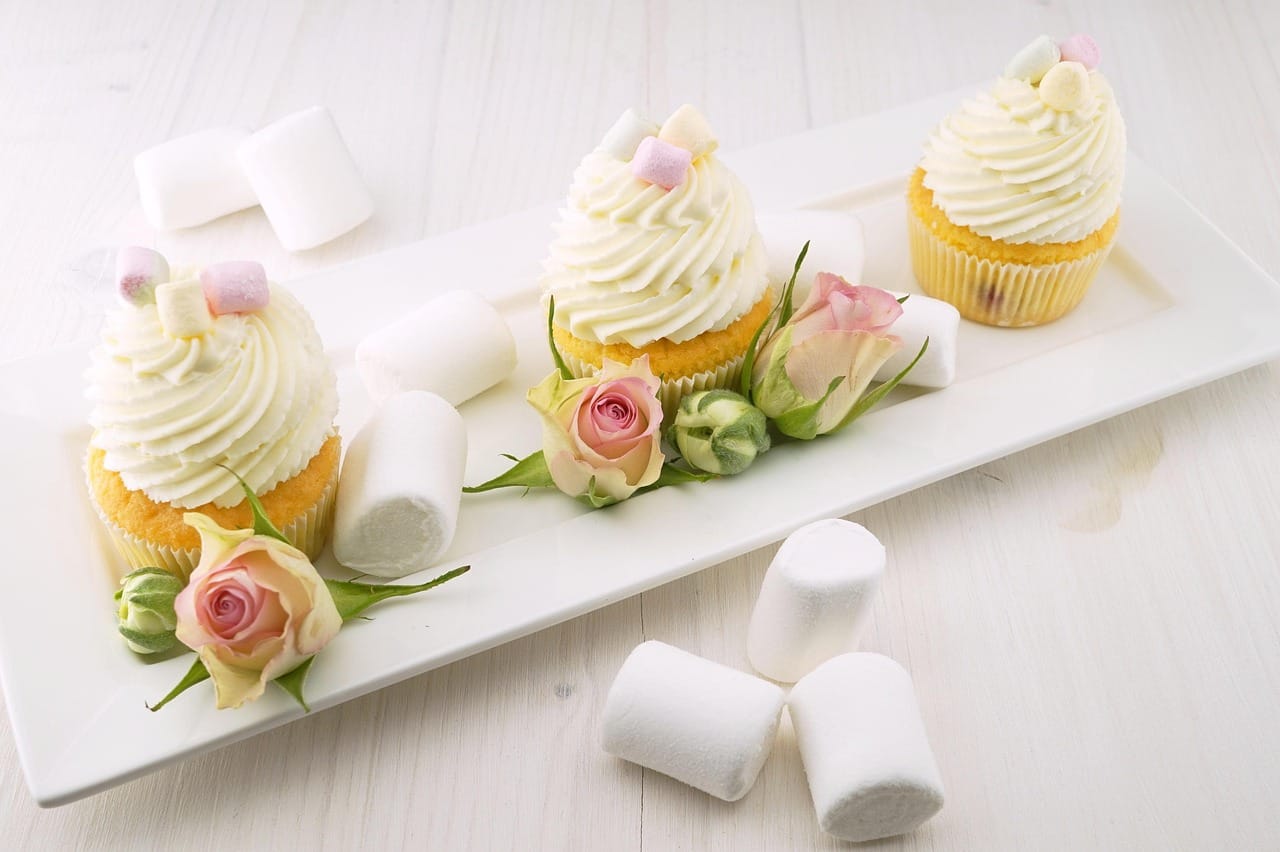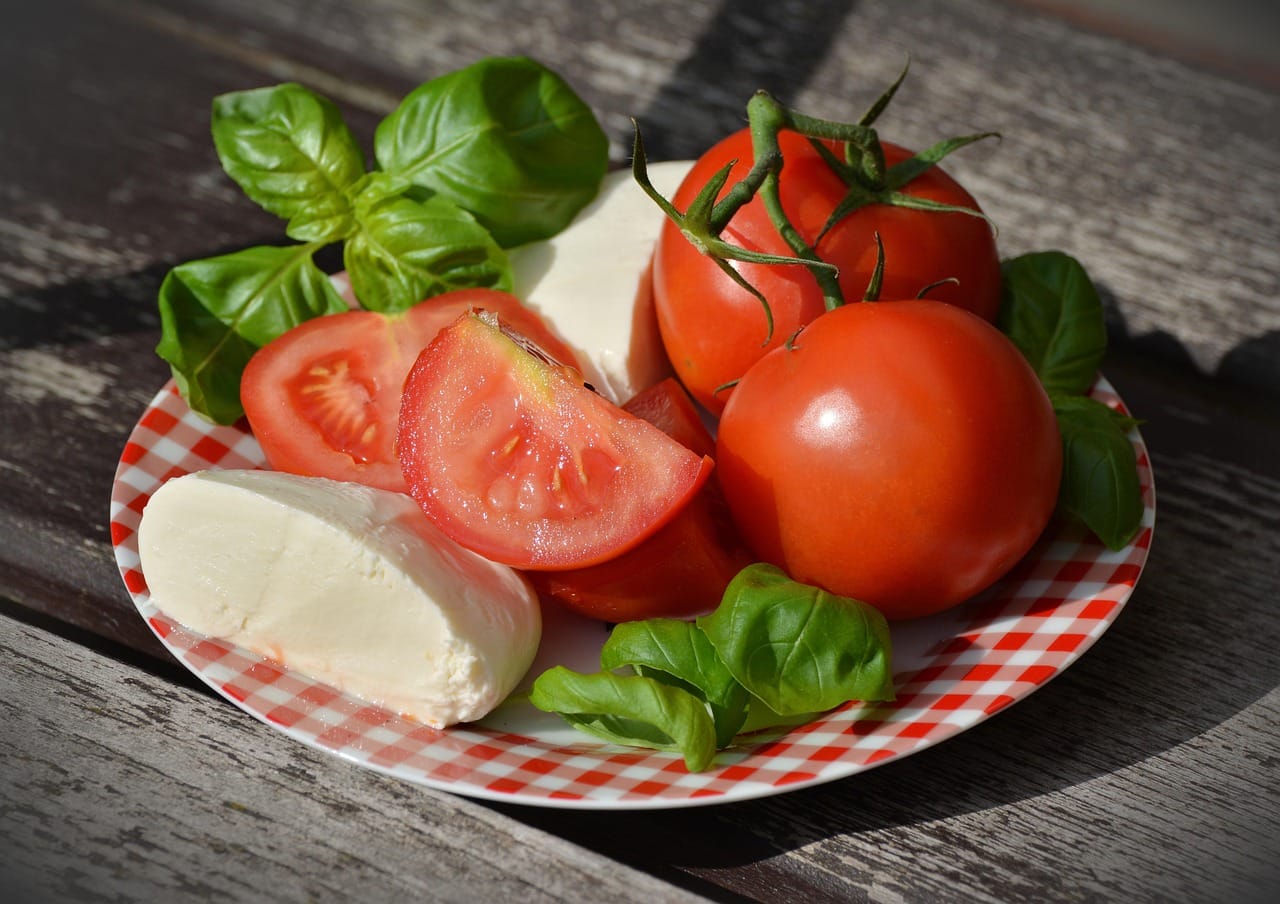Few cakes are as universally loved and endlessly versatile as the humble sponge cake. From elegant afternoon teas to comforting family desserts, its light, airy texture and delicate flavor make it the perfect blank canvas for endless culinary creations. But mastering the art of a perfect sponge cake can be a little tricky. Fear not! This comprehensive guide will equip you with everything you need to bake the best sponge cakes, every single time.
What is Sponge Cake? A Delicate Delight Explained
Defining the Essence of Sponge
At its core, a sponge cake is a light and airy cake primarily leavened by air beaten into eggs. Unlike butter cakes, which rely on chemical leaveners and fat for richness and structure, sponge cakes derive their lift from the natural power of whipped eggs. This results in a tender crumb and a texture that’s almost ethereal. Understanding this key difference is the first step to sponge cake success.
The Different Types of Sponge Cakes
While the fundamental principle remains the same, sponge cakes come in various forms, each with its unique characteristics:
- Genoise: A classic Italian sponge cake that includes melted butter, contributing to a slightly richer flavor and texture. It’s often used for layered cakes and is known for its ability to absorb syrups well.
- Angel Food Cake: This ethereal cake is made exclusively with egg whites, resulting in an incredibly light and fluffy texture. It is traditionally baked in an ungreased tube pan to allow the batter to cling to the sides and rise properly.
- Chiffon Cake: A hybrid of sponge and oil cakes, chiffon cake combines the lightness of a sponge with the moistness provided by oil. It typically contains both egg yolks and egg whites, which are beaten separately.
- Victoria Sponge: A simple yet elegant British sponge cake filled with jam and whipped cream (or buttercream). It is a classic for afternoon tea and celebrations.
Why Choose Sponge Cake? Its Advantages
Choosing a sponge cake over other types of cake offers several compelling advantages:
- Light and Airy Texture: Perfect for those who prefer a less dense dessert.
- Versatile Flavor Profile: Its delicate flavor pairs well with a wide range of toppings, fillings, and glazes.
- Adaptable for Gluten-Free Baking: Sponge cake recipes can often be adapted using gluten-free flours without significantly impacting the texture.
- Relatively Low in Fat: Compared to butter cakes, sponge cakes generally contain less fat, making them a lighter option.
The Science Behind the Rise: Essential Ingredients and Techniques
The Role of Eggs: The Heart of Sponge Cake
Eggs are the star of the show in sponge cakes. They provide structure, moisture, and, most importantly, the air that makes the cake rise. Separating the eggs and beating the whites to stiff peaks is a crucial technique for incorporating maximum air.
- Whites vs. Yolks: Egg whites provide the structure and lightness, while egg yolks contribute to richness and moisture.
- Temperature Matters: Eggs at room temperature whip up more easily and to a greater volume.
- Cream of Tartar (Optional): A pinch of cream of tartar helps stabilize egg whites and creates a finer texture.
Flour Power: Choosing the Right Type
The type of flour used significantly impacts the texture of your sponge cake. Cake flour, with its lower protein content, is generally preferred for a tender crumb.
- Cake Flour: Produces a delicate and tender texture.
- All-Purpose Flour: Can be used, but may result in a slightly denser cake. Reduce the amount slightly if using all-purpose flour.
- Sifting is Key: Sifting flour helps aerate it and remove any lumps, ensuring a smooth batter.
Sugar and Flavorings: Sweetening the Deal
Sugar not only sweetens the cake but also helps to tenderize the gluten and retain moisture. Flavorings, such as vanilla extract, citrus zest, or almond extract, enhance the overall taste.
- Granulated Sugar: The most common type of sugar used in sponge cakes.
- Powdered Sugar (Optional): Can be used for dusting or making glazes.
- Vanilla Extract: A classic flavoring that complements the delicate flavor of sponge cake.
Mastering the Mixing Technique: Incorporating Air
The way you mix the ingredients is just as important as the ingredients themselves. Gently folding the dry ingredients into the egg mixture is crucial to avoid deflating the air.
- Folding Technique: Use a rubber spatula to gently fold the dry ingredients into the wet ingredients, being careful not to overmix.
- Don’t Overmix: Overmixing develops the gluten in the flour, resulting in a tough cake.
Baking to Perfection: Tips and Tricks for Success
Oven Temperature and Timing
Maintaining the correct oven temperature is essential for even baking and a properly risen cake.
- Ideal Temperature: 325-350°F (160-175°C) is a general range. Check your specific recipe.
- Oven Thermometer: Use an oven thermometer to ensure your oven is accurately calibrated.
- Baking Time: Varies depending on the recipe and pan size. Use the toothpick test (a toothpick inserted into the center comes out clean) to check for doneness.
Choosing the Right Pan
The type of pan you use can also affect the outcome of your sponge cake.
- Round Cake Pans: Commonly used for layered cakes and Victoria sponge.
- Tube Pans: Essential for angel food and chiffon cakes, allowing them to rise properly.
- Preparing the Pan: Grease and flour (or use parchment paper) to prevent sticking, except for angel food cake, which should be baked in an ungreased pan.
Troubleshooting Common Issues
Even experienced bakers encounter occasional challenges. Here are some common issues and how to address them:
- Cake is Dense: Overmixing, not enough air incorporated, or too much flour.
- Cake is Dry: Overbaking, too little liquid, or oven temperature too high.
- Cake Collapses: Underbaking, opening the oven door too early, or deflating the batter.
Serving and Storing: Enjoying Your Sponge Cake Creation
Delicious Serving Suggestions
Sponge cake is incredibly versatile and can be enjoyed in countless ways.
- Classic Toppings: Whipped cream, fresh berries, fruit compote, or a dusting of powdered sugar.
- Layered Cakes: Fill with buttercream, jam, pastry cream, or chocolate ganache.
- Tea Cakes: Served with tea or coffee as a light and elegant dessert.
- Trifles and Desserts: Used as a base for trifles, parfaits, and other layered desserts.
Proper Storage Techniques
To keep your sponge cake fresh and delicious, proper storage is essential.
- Room Temperature: Store in an airtight container for up to 3 days.
- Refrigeration: Can be refrigerated for up to a week, but the texture may become slightly drier.
- Freezing: Wrap tightly in plastic wrap and foil for up to 2 months. Thaw overnight in the refrigerator.
Conclusion
Mastering the art of sponge cake baking is a rewarding journey. By understanding the science behind the ingredients, employing the correct techniques, and following these helpful tips, you’ll be well on your way to creating light, airy, and delicious sponge cakes that will impress every time. So, preheat your oven, grab your whisk, and get ready to bake!




